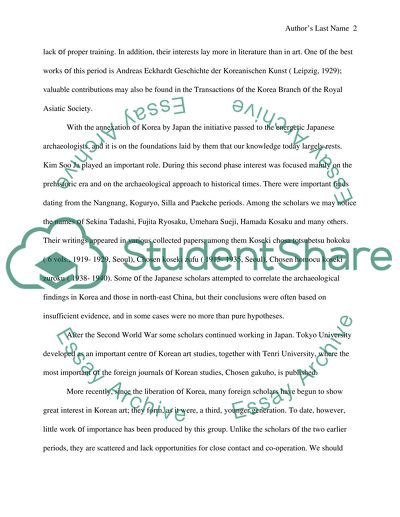Cite this document
(Contemporary Asia Art Coursework Example | Topics and Well Written Essays - 2000 words, n.d.)
Contemporary Asia Art Coursework Example | Topics and Well Written Essays - 2000 words. https://studentshare.org/visual-arts-film-studies/1518227-contemporary-asia-art
Contemporary Asia Art Coursework Example | Topics and Well Written Essays - 2000 words. https://studentshare.org/visual-arts-film-studies/1518227-contemporary-asia-art
(Contemporary Asia Art Coursework Example | Topics and Well Written Essays - 2000 Words)
Contemporary Asia Art Coursework Example | Topics and Well Written Essays - 2000 Words. https://studentshare.org/visual-arts-film-studies/1518227-contemporary-asia-art.
Contemporary Asia Art Coursework Example | Topics and Well Written Essays - 2000 Words. https://studentshare.org/visual-arts-film-studies/1518227-contemporary-asia-art.
“Contemporary Asia Art Coursework Example | Topics and Well Written Essays - 2000 Words”. https://studentshare.org/visual-arts-film-studies/1518227-contemporary-asia-art.


